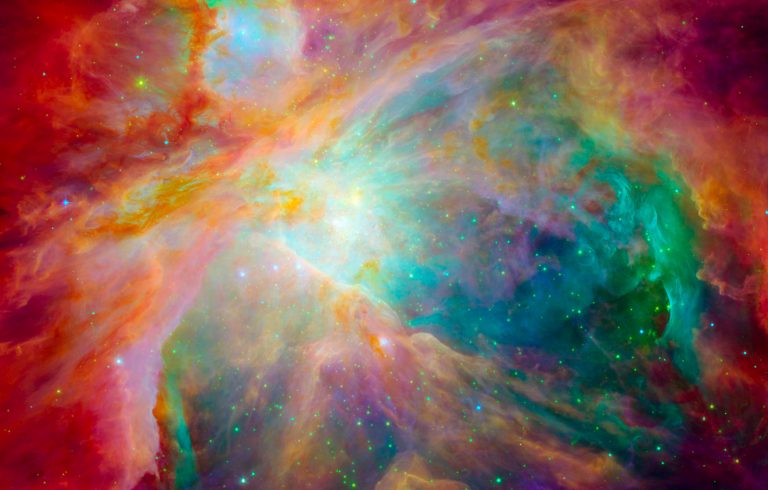Hubble has captured a new photo of the Orion Nebula, and it is absolutely breathtaking. The photo is mostly centered around a celestial cloudscape in the nebula, which includes a Herbig-Haro object known as HH 505. Herbig-Haro objects are luminous regions that surround newborn stars. The image is stunning and a great reminder that Hubble has plenty of life left in it.
Latest Hubble photo of the Orion Nebula is mind-blowing

The European Space Agency (ESA) says the outflows that create HH 505 come from a star known as IX Ori. The star itself lies on the outskirts of the Orion Nebula, roughly 1000 light-years away from the Earth. You can see the outflows along the top and bottom of the new Orion photo captured by Hubble.
Hubble captured the image using its Advanced Camera for Surveys. Astronomers watched the nebula to study the properties of outflows and protoplanetary discs. The capture looks like a mixture of colorful clouds peacefully floating through space. Of course, in the middle of that mixture is HH 505, which gives the image an even more intriguing look.

As mentioned above, Herbig-Haro objects are often most seen around newborn stars. And this latest Hubble photo of Orion captures those effects perfectly, too. That’s because they require a particular set of circumstances to form. First, you need a baby star, like IX Ori. As material builds around the star, it releases powerful jets of plasma that launch from the star’s poles.
This latest Hubble photo of the Orion Nebula is more than a reminder of how intriguing and amazing space can be, though. It’s also a great reminder of how much work Hubble still has to do. The detail here might not be as intricate as those captured by James Webb, but they still provide plenty of data for astronomers to look over and study.








